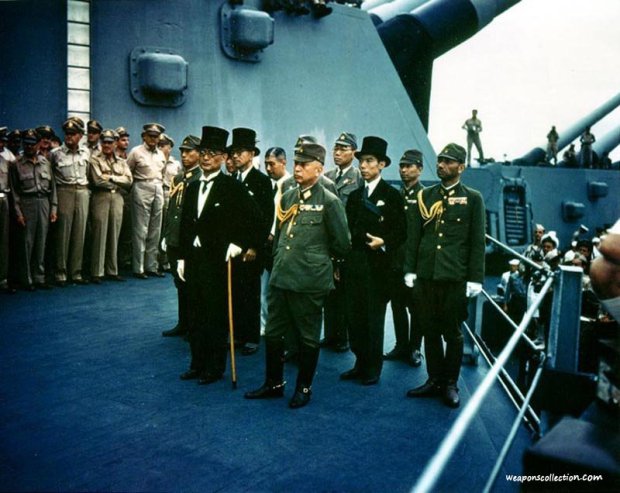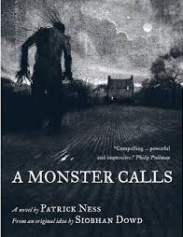
In a recent article appearing in the History News Network, Peter Van Buren attempts to use the bombing of Hiroshima as lesson that teaches us what happens when states rush to embrace military solutions instead of diplomatic ones. This lesson is especially valuable, he claims, because “many worry” that our nation “has largely moved past diplomacy as its primary foreign policy strategy.”
http://historynewsnetwork.org/article/165752
The main thrust of Van Buren’s argument is that in the summer of 1945 the United States did not give peace a chance. Since then, he claims, the dominant narrative in America has not remembered that there were various alternatives to ending the war. Instead, the choice is remembered as a stark one between a costly amphibious assault and the atomic bombing. As he puts it:
The debate over whether the atomic bombings of Japan were the only alternative to a land invasion is one of the most contested among modern historians. . . . The dominant American narrative is the dead of Hiroshima and Nagasaki were a smaller price to pay than the greater loss of life anticipated under an invasion; in a grim calculus, the bombings were practically an act of humanity.
He goes on to point out that, in June 1945, Emperor Hirohito directed his Supreme War Direction Council to begin formal peace negotiations with the United States through the Soviet Union (which was not at war with Japan yet). There were grounds for optimism that such an approach might end the war, he implies, because “the gap between what the U.S. expected out of an unconditional surrender and what the Japanese realistically hoped for out of a lightly negotiated one was not significant.” But since the Americans were not inclined to negotiate, this opportunity was missed, the atomic bomb was dropped, and thousands of civilians died as a result.
One Thing after Another has discussed the bombing of Hiroshima before, so it does not feel compelled to relitigate the various means by which the United States could have ended he war in the Pacific. However, this blog does feel compelled to point out that Van Buren’s account does violence not only to what happened in the past but also to the way in which historians have treated this episode. For one thing, the debate among scholars is not “framed as binary, invasion or bomb.” Almost all of the recent scholarly works on the bombing recognize that the United States had several potential means of ending the war: blockade, conventional strategic bombing, amphibious assault, Soviet entry into the war sooner than later, and modification of the demand for unconditional surrender. (For a succinct summary of these options, see J. Samuel Walker’s Prompt and Utter Destruction: Truman and the Use of Atomic Bombs Against Japan which was first published in 1997). As One Thing after Another has already pointed out, each of these alternatives suffered from political, military, or ethical problems (Michael Bess methodically outlines the moral difficulties in Chapter 10 of Choices under Fire: Moral Dimensions of World War II [2006]).
The claim that the emperor’s initiative in June 1945 somehow indicated diplomacy might have worked gives too much credit to the Japanese. There was a substantial difference between what the United States expected from unconditional surrender and what the Japanese hoped to obtain from a negotiated one. In Racing the Enemy: Stalin, Truman, and the Surrender of Japan (2005), Tsuyoshi Hasegawa has this to say about the Japanese move (which the Americans learned of through “Magic” intercepts) and the reaction of the United States:
It was indeed important, as [U.S.] Naval intelligence suggested, that the Japanese government indicated its willingness to terminate the war, and that this initiative came from the emperor himself. But this does not immediately lead to the conclusion that the Japanese government was prepared to surrender. The Japanese would have to travel a long road from willingness to terminate the war to actual acceptance of surrender. The crucial question is, On what terms was Japan prepared to surrender? On this question the government was hardly united; in fact, it could not come up with specific conditions. Even though Anami [War Minister], Umezu [Chief of the Army General Staff], and Toyoda [Chief of the Navy General Staff] went along with the emperor’s wish to seek Moscow’s mediation, there was little chance that they would have accepted conditions that contained disarmament, Allied occupation, and war crimes trials. Although Hirohito took the initiative, he himself admitted that the failure of Moscow mediation would serve as a good excuse to rally the nation behind a last-ditch defense [126-127].
In other words, the Japanese did not seem ready to beat swords into ploughshares just yet. They wanted peace—but they were badly divided on the terms. In any event, they would have found America’s conditions objectionable. At the same time, the Japanese also appeared to hope that they could use the negotiations (if they failed) to mobilize the Japanese people. This situation seems somewhat analogous to what the Hampton Roads Conference revealed about the North and South’s stances in February 1865. The Confederacy (like Japan) very much wanted to end the war—so long as it could obtain terms that were unacceptable to the Federal government (recognition of Confederate independence and perpetuation of slavery—although there is some dispute among scholars about how far Lincoln and Seward were willing to bend on the latter point). Jefferson Davis was more than happy to use the conference’s failure to rally Southerners who now fully understood (if they had not already) that peace on Federal terms was unpalatable.
Speaking of analogies, Van Buren’s brief essay shows the dangers of employing these types of comparisons (this blog suffers from a perpetual wariness of analogies). Given the right situation, there are many good arguments for employing diplomacy instead of force. In fact, there are probably a number of analogies that Van Buren could have referred to. The story that led up to Hiroshima, however, is not one of them.
Furthermore, I consider that the myth of the unemployable History major must be destroyed.
Advertisements Share this:




